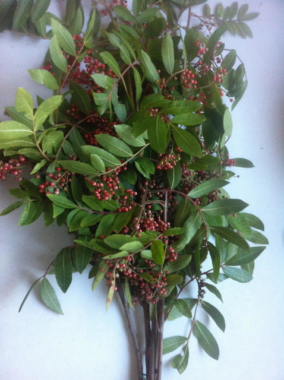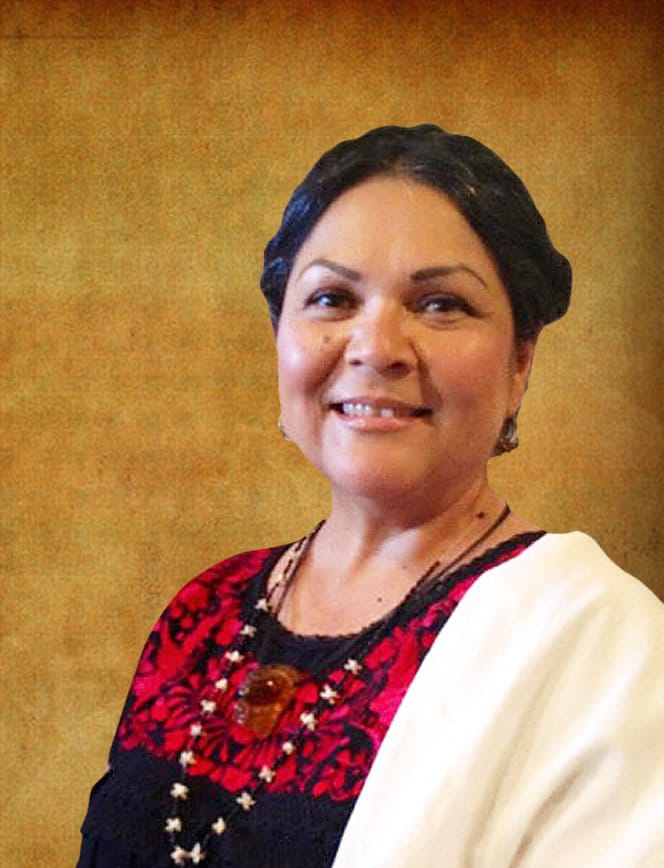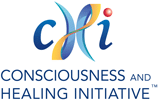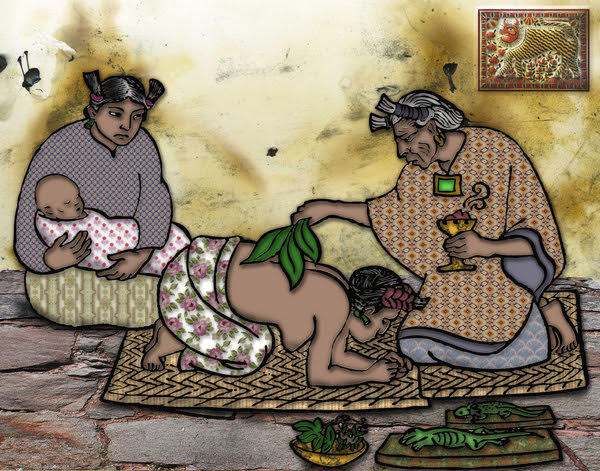The woman sits across from me, eyes glistening with tears that she doesn’t allow to flow.
While she was not raised within Mexican culture, she had heard of Curanderismo and its unique interventions that help heal the mind, emotions, spirit, and body.
“I want to heal, I really do, but I don’t know what to do. I’m tired of going from therapist to therapist.”
And so I formally open the Curanderismo session with a prayer that is accompanied by the purifying and calming smoke of copal, an aromatic incense that is collected by traditional harvesters from the Bursera tree in Mexico as its life force rises and exudes small bubbles of resin from its bark.
Then begins our plática when the client speaks from the deepest part of her heart and I listen with my ears and my heart; hence this word translates more properly as a heart-to-heart talk rather than simply a “talk” or a psychotherapy session. Pláticas are sacred and held in strict confianza, trust.
After prayer, the plática is the foundation of a session. In Curanderismo, this term is used to refer to the part of the healing session where the client is given the opportunity to speak openly and honestly no matter how painful or embarrassing they may feel their circumstances to be with the understanding that will be held strictly confidential and heard without judgment.
What Is Curanderismo?
Curanderismo is a holistic approach to wellness that has been used in the Americas for hundreds of years and usually has its roots within millenia-old Native traditions.
Curanderismo Pronunciation:
[koo-rahn-de-rees-maw; English koo-rahn-duh-riz-moh]
In Mexico, it is also known as Mexican Traditional Medicine, “medicina del campo,” and traditional folk medicine.
It is estimated that in parts of the United States, between 50-75% of Mexican Americans use Curanderismo or seek the help of a Curandera or Curandero.
Where Do Curanderismo Influences Come From?
In Mexico, it is usually a synthesis of Mexican indigenous culture and beliefs, such as Mexika, Zapotec or Maya, and depending on the practitioner’s religious, cultural, and/or tribal background, (known as a Curandera if a woman and Curandero if a man) it may or may not, also have Catholic, Sephardic, and African influences.
This is why some consider it a blending of traditions, rather than solely Native Mexican medicine or European medicine.
Each Curandera and Curandero has a distinctive practice that is most often learned within the context of their family, community, and/or elders and teachers.
Who Is a Curandera or Curandero?
A Curandera (Spanish word for female healer) or Curandero (male healer) is a culture-specific term for a traditional healer. Although Curanderas and Curanderos will spend years learning the practice, the greatest emphasis is placed on the innate ability of that individual to heal.
It is believed that the ability to heal is primarily a gift (un don) or spiritual calling and some aspects cannot be taught. Healing is a gift from a higher power and may show up in dreams at an early age or acknowledged by an experienced spiritual elder. Some people may be called to Curanderismo later in life and will undergo rigorous training.
Being a Curandera/o is considered a life-long commitment. The title of Curandera or Curandero is bestowed by the community where the Curandera/o lives in recognition of their abilities and service.
Types of Curanderos and Curanderas
Within Curanderismo there are different specializations, although it is common for Curanderas/os to include more than one specialization in their practice, among them are:
- Yerbero & Yerberas – Herbalists
- Parteras – Traditional birth workers and midwives who use culture-specific practices and methods
- Sobadores / Sobadoras – Traditional body workers
- Espiritualistos / Espiritualistas – Spiritual Trance Mediums
- Señor / Señoras (Mr. / Mrs.) – Tarot readers or diviners who use culture-specific tools
- Consejero / Consejera – Counselor
- Huesero / Huesera – Traditional bone setters
- Acupuntarista/o – Mesoamerican acupuncture uses culture-specific items to perform acupuncture treatments
- Temascalera/o – Sweatlodge ceremonialist
How Does Curanderismo Work?
In Curanderismo, it is believed that disease is caused by social, psychological, physical, environmental, and spiritual factors: a disharmony of body, mind, spirit, and nature. Curanderas/os will engage and work on the different factors when diagnosing and curing a patient. Curanderas/os work is holistic: the cultural interventions address the mind, body, and spirit. They are not seen as separate.
Curanderismo Healing Practices and Rituals
Along with spiritual counseling which is part of the plática, Curanderas use various approaches known as limpias or cleansings, to help clients release the harmful effects of spiritual, emotional, mental, verbal, and physical abuse, including sexual abuse, rape, as well as negative self-talk that remains imprinted upon their luminous body affecting their physical, mental, and emotional state.
Curanderas/os rely on a number of practices, techniques, and rituals to help their patient/healee reestablish balance. This includes (but is not limited to):
Special Diets – depending on the root of the imbalance, healers may recommend food and drink that is either hot or cold to address the imbalance. Theories of hot and cold were already present in Native communities of the Americas prior to European invasion.
Herbs – prepared as a tincture, salves, ointments, or in a tea may also be used to address imbalances related to hot and cold imbalances as well as ailments including stomach and intestinal problems, sore muscles, burns, weight loss, cough, acne, and bad breath, to more serious diseases such as arthritis, cancer, HIV and diabetes. They may also be used externally during healing rituals.
Ceremonial Acts – Curanderas/os will often instruct the healee to engage in a ceremonial act that can help release self-judgment, trauma, or effects of transgressions against natural laws in order to re-establish spiritual, emotional and physical balance and healthy relationships with family, community, and creation.
Plática – Spiritual counseling; sacred conversation between the Curandera/o and their client/healee.
Limpias – Cleansings also known as purification rituals that help clients release the harmful emotional, mental and physical effects of trauma.
Healing Rituals/Ceremonies – May include prayers, songs, sacred tools, and plants, as well as items that may be associated with the cause of trauma, stress, and/or anxiety.
Egg Limpia Ritual & Other Ceremonies
An egg limpia is the use of a raw egg in its shell to ritually cleanse and extract energy from the auric field. A barrida, a sweeping, is done with a consecrated bundle of plants such as sage, peppertree, rosemary or rue, so that stagnant energy is released in order to promote good health and a positive mental attitude.
These rituals are known by traditional healers to shift and reconfigure energy patterns within the human energy field, which can be a factor in soul wounds, soul fragmentation, and illness.
Often clients experience profound emotional release from embedded trauma that was experienced in childhood or later in life.
For the first time in many years, they experience the clarity of mind, lightness of heart, and groundedness that comes from finally being fully present in their body.
On this occasion, the abuse my client suffered as a child has affected her life in such a way that although professionally successful she is unable to sustain healthy romantic relationships.
As she continues to speak about her situation, with my spirit eyes, I see a gray-colored sphere of congested energy, right below her breastbone, together with a thick twisted energy braid of swampy dark brown that tethers her heart to her mother, and another dark-colored cord attached to a man about whom she has not yet spoken.
I interpret these images as being of a long-standing issue with her mother which is also connected to her inability to have a healthy romantic relationship.
With some surprise, she confirms my interpretation and acknowledges that she has never been able to confide the sexual abuse by her stepfather to any of her previous therapists, and we continue with other aspects of the session.
 After sweeping her body with the egg and plants, and with her permission, my obsidian knife, used within her spiritual energy body, severs the braided cords of the tug and pull of power, need, and accusation between her and her mother… she shivers as they are set free of each other’s controlling and unforgiving energies.
After sweeping her body with the egg and plants, and with her permission, my obsidian knife, used within her spiritual energy body, severs the braided cords of the tug and pull of power, need, and accusation between her and her mother… she shivers as they are set free of each other’s controlling and unforgiving energies.
Fragrant healing herbs and colorful flowers have been simmering in a pot on my stove, their guardian spirits standing close by, ready to continue helping her release fear, pain, and self-blame as I pour the herbal plant medicine into the bathtub, turning to help the now crying woman sink into the warm prayed over water.
I pray and sing love and forgiveness into her.
I pray and sing her soul into her.
Together we pray in gratitude to the Creator and the good healing spirits who are still shaking their gourds and singing, orbs of light dancing around us.
After her healing bath, wrapped in a warm blanket, she sips a cup of hot tea.
We sit in comfortable silence for several minutes before we discuss her “homework” and agree on a follow-up plan to mentor her as she incrementally makes needed changes in a way that will support the work we’ve done together.
An herbal cleansing bath is one of the most beautiful, healing, and powerful ways to experience emotional release. You are invited to follow this link for detailed instructions on a Curanderismo cleansing bath ritual that you can perform at the next full moon.
Learn More About the Author

Grace Alvarez Sesma is a Curandera and cultural educator of Yaqui and Native Baja California heritage, born in Mexico. Through her Curanderismo healing practice she encourages a thoughtful blending of traditional Indigenous practices with conventional medical interventions as appropriate, in order to address the whole person: body, emotions, mind, relationships, and spirit.
Website: www.curanderismo.org


It is beautiful to highlight these different forms of healing. The open and poetic description demystifies the tradition and allows the reader into a secret world not often shared about-where the physical, emotional, mental and spiritual converge to create deep healing not often recognized by western society. Thank you for sharing this!!
Dear Celina, I’m happy that you enjoyed the article. Abrazos!
I love this Grace. And I love your FB posts. I have studied with many teachers and consider you a mentor from afar. Thank you for your love and dedication to healing.
Dear Kate, thank you for following and supporting my work — happy you enjoyed the article. Blessings to you and yours.
Dear Maestra Grace, I appreciate so much your special way of blending floricanto/la poesía de medicina with indigenous ancestral knowledge for the greater good of personal and community healing. Thank you!
Muchas gracias, tlazocahmati, for your kind words. Bendiciones.
This is wonderful! Thank you!! Ometeotl 🙂
Tlazocahmati huel miak! Ometeotl.
Hello Grace: I would like to know about the Bath healing our bodies. How often and only on ? full moon, do you have a book ? I can order, my AMA was a curandera she only cured babies, we were so poor, people wanted to pay her, she never received any of it. I want to follow her steps, and become una Curandera myself.
Muchísimas gracias,
Lupe Yarrito
Dear Lupe, Different herbs are used depending on your needs. The herbal bath limpia on my website is for purification. If you are feeling particularly “cargada” heavy then I recommend a bath for three consecutive days/nights: one on the day before the full moon, the day of the full moon, and the day after the full moon. Otherwise, one bath is sufficient. I don’t have a book published yet — working on it! If you are feel called to follow in your amá’s footsteps, I encourage you to attend a couple of classes, either with me or another curandera/o who you know is reputable just to get to know them first. A formal student relationship is usually entered after one spends considerable time with a teacher and can be ardous. Que su camino siempre esté lleno de luz y flores.
El curandero ha de poder sentir qué ocurre en el plano sutil del paciente, sentir en su cuerpo el malestar y contrarrestarlo con su salud para transmitirlo al paciente para sanar el desequilibrio
Cada curandera/o tiene su propia manera de trabajar con pacientes. Pero, generalmente, eso forma una parte muy importante de la curación. Gracias por su comentario.
Thank you for sharing your healing gifts and knowledge. Your love is medicine. From my heart to your heart, JoAnne
Appreciate your loving-kindness, JoAnne.
What is the significance of the prayer and the use of copal in opening a Curanderismo session? How does copal contribute to the purifying and calming aspects of the ritual, and is there specific cultural or spiritual symbolism associated with its use in this context?